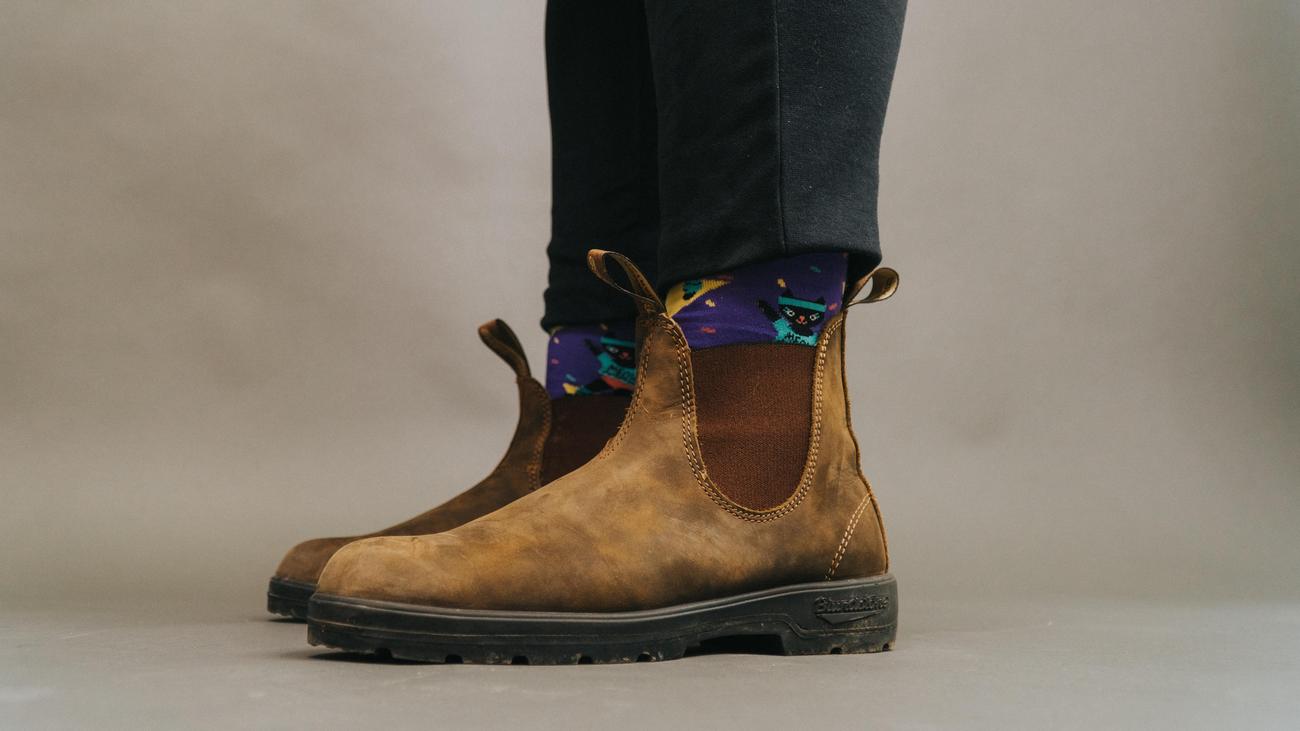Welcome to the world of foot facts! In this comprehensive guide, we delve into the fascinating realm of podiatry and uncover the most intriguing insights about foot health. Prepare to embark on a journey where we unveil the secrets behind maintaining strong and healthy feet. From common foot conditions to innovative treatments, we have you covered. So, put your best foot forward as we explore the realm of Foot Facts Podiatry.

Foot Facts Podiatry
The world of podiatry is often overlooked, but our feet deserve more attention than we give them. From the moment we wake up until we lay down to rest, our feet carry us through life’s daily demands. Yet, how much do we really know about our trusty appendages? In this article, we’ll delve into the fascinating realm of foot facts, exploring the intricacies of podiatry and uncovering the wonders of our feet.
The Foundation of Our Mobility
Did you know that each foot comprises 26 bones, 33 joints, and over 100 tendons, muscles, and ligaments? It’s quite remarkable when you think about it! Surprisingly, our feet actually account for a quarter of all the bones in our bodies. Imagine how intricate and delicate this structure must be, supporting our entire weight and allowing us to move with grace and agility.
“Our feet are the unsung heroes, humbly carrying us through each step of our journey.”
The Mighty Heel Bone
While all the bones in our feet play crucial roles, one bone stands out in its prominence – the heel bone. As the largest bone in the foot, it provides the stability and balance necessary for our daily activities. Picture it as the formidable foundation upon which the rest of our foot architecture is built. By absorbing the shock of every step, the heel bone ensures our feet remain sturdy and resilient.
“Just like a solid cornerstone, the heel bone sets the stage for a strong and supportive foundation.”
A Network of Sensation
Our feet are not just structures of mechanics; they are also reservoirs of sensation. Each foot houses over 7,000 nerve endings, creating a network that connects us to the world beneath our soles. These nerves help us perceive touch, pressure, heat, and cold, enabling us to navigate different surfaces and respond to our environment. Next time you feel the warm sand between your toes or the cool grass brushing against your feet, take a moment to appreciate the intricate nerve pathways that make it all possible.
“Our feet are conduits of connection, allowing us to experience the world beneath us in all its tactile beauty.”
Unveiling the Podiatrist’s Expertise
When foot disorders arise, it’s the podiatrist who steps in with their expert knowledge. These healthcare professionals specialize in diagnosing and treating a wide range of foot conditions, from fractures to complications of medical conditions like diabetes and arthritis. It’s comforting to know that dedicated individuals have invested around 4,000 hours of study to become qualified podiatrists, armed with the skills and expertise needed to alleviate our foot-related woes.
“Podiatrists are the superheroes of foot health, ready to rescue us from the perils of pain and discomfort.”
The Lively World within Our Feet
Our feet possess another extraordinary quality – they are home to approximately 250,000 sweat glands. That’s a whole lot of perspiration power! In fact, our feet can excrete as much as half a pint of moisture each day. These sweat glands, while sometimes causing unwanted odors, serve a vital purpose by helping to regulate our body temperature and maintain the optimal environment for our feet. So, the next time you feel a slight dampness, remember that your feet are hard at work keeping you cool and comfortable.
“Our feet have their own bustling ecosystem, working tirelessly to manage moisture and keep our bodies in balance.”
In a world where our feet silently carry us through life, it’s essential to shine a spotlight on their remarkable features. Hopefully, this glimpse into the world of podiatry and foot facts has ignited a newfound appreciation for these humble yet powerful appendages. Whether you’re seeking treatment or simply intrigued by the wonders within, remember to give your feet the care and attention they deserve.
“Our feet, the unsung heroes of our existence, are deserving of our admiration, gratitude, and conscientious care.”
Feet are fascinating parts of our body that often go unnoticed, but did you know there are countless fun facts about them? From their unique structure to the wide array of functions they perform, feet are truly remarkable. If you’re curious to learn more about fun facts about feet, click here to dive into a world of interesting trivia and surprising tidbits about this often-overlooked body part. Discover intriguing information that will leave you amazed by the incredible capabilities of our feet!
Foot Facts Podiatry is here to bring you the most fascinating and jaw-dropping information about our beloved feet. Did you know that our feet contain a quarter of all the bones in our body? It’s unbelievable, right? Just imagine the complexity and intricacy hidden within those seemingly simple appendages. And if that doesn’t blow your mind, how about this: our feet have 250,000 sweat glands! That’s right, your feet can produce enough sweat to fill a small swimming pool. If you’re eager to delve deeper into these amazing facts about feet, be sure to click here for more on the Foot Facts Podiatry website: amazing facts about feet. Prepare to be amazed!
When it comes to foot care, there are many myths and misconceptions that people believe to be true. In this article, we will debunk some common feet myths and provide you with the facts. We spoke with Dr. Sarah Holler, a foot and ankle surgeon, and Dr. Brad Shafer, a doctor of podiatric medicine, who have extensive knowledge in the field of podiatry.
[youtube v=”8O71bQWg8ys”]
Myth 1: Pedicures cause toenail fungus
One myth that many people believe is that pedicures can cause toenail fungus. While it is possible to get fungus from pedicures, it is not exclusive to them. Fungus can be found in various environments, such as carpets, yoga mats, and exercise equipment. Dr. Holler recommends practicing caution when getting a pedicure, bringing your own nail polish, and ensuring the salon maintains a safe and sanitary environment. It is essential to keep in mind that fungus can thrive in warm, moist environments.
Myth 2: Cutting the sides of your toenail prevents ingrown toenails
Contrary to popular belief, cutting the sides of your toenail does not prevent ingrown toenails. It is important to cut your toenails straight across to prevent the nail from growing into the flesh, causing pain and potential infection. Dr. Shafer explains that the root of the nail is square-shaped and cutting it diagonally will not change its growth pattern. To avoid ingrown toenails, always cut them straight across.
Myth 3: Dirty feet cause warts
Warts are not caused by dirty feet. Warts are caused by a virus that can be found in various places, including gym showers, yoga mats, and exercise equipment. Dr. Holler suggests taking precautions, such as wearing shower shoes, wiping down yoga mats, and avoiding sharing personal items, to minimize the risk of contracting warts.
Myth 4: Wearing heels causes bunions
One common misconception is that wearing heels causes bunions. However, this is not entirely accurate. Bunions are often hereditary and can be passed down through generations. Wearing heels can worsen the condition, but it is not the root cause. Dr. Holler recommends choosing lower-heeled shoes that offer support for those with bunions. It is important to note that bunions may require surgical intervention to treat effectively.
Myth 5: Stilettos can be trained to be comfortable
While it may be possible to become more accustomed to wearing stilettos, it does not mean they are good for your feet in the long term. Dr. Shafer explains that wearing stilettos can cause shortening of the Achilles tendon, leading to various foot issues. It is essential to prioritize foot health and choose supportive and comfortable footwear.
Myth 6: There is nothing you can do for broken toes
If you have a broken toe, seeking medical attention is essential. Simple fractures or dislocations can occur in the toes, and proper treatment is necessary to prevent long-term complications. Dr. Holler emphasizes the importance of getting a broken toe checked out promptly to ensure it is aligned correctly and supported during the healing process.
Myth 7: Foot pain after standing all day is normal
Experiencing foot pain after standing all day is not normal. While some fatigue is expected, persistent foot pain should not be overlooked. Dr. Holler suggests wearing supportive shoes, using compression socks, and utilizing orthotic inserts to alleviate foot fatigue. Proper shoe gear with good arch support is crucial in maintaining foot health.
Myth 8: All inserts are the same
Dr. Shafer emphasizes that everyone’s feet are different and require specific care. Over-the-counter inserts may be suitable for some people, but others may need custom orthotics to address specific foot conditions, such as flat feet or arthritis. It is essential to consult with a healthcare professional to determine the best type of insert for your individual needs.
Myth 9: Sprained ankles are not a big deal
Spraining your ankle should not be taken lightly. When an ankle is sprained, ligaments can be damaged, leading to instability and potential cartilage damage. Proper stabilization and treatment are crucial for ensuring the ankle heals correctly and minimizing the risk of long-term complications.
Myth 10: If I can walk after an injury, I don’t need to see a doctor
Dr. Holler recalls a case in which a patient walked on a broken ankle for two weeks without realizing it. It is not advisable to solely rely on your ability to walk after an injury. Some injuries, especially fractures, may not be immediately obvious. It is essential to seek medical attention for proper diagnosis and treatment to avoid further damage.
In conclusion, it is crucial to dispel common feet myths and have accurate knowledge about foot care. Taking proper precautions, wearing appropriate shoes, and seeking medical attention when necessary are the key steps to maintaining healthy feet. Remember, your foot health is essential for overall well-being.
FAQ
How many bones are in each foot?
Each foot has 26 bones.
How many joints are in each foot?
Each foot has 33 joints.
How many tendons, muscles, and ligaments are in each foot?
Each foot has over 100 tendons, muscles, and ligaments.
Which bone in the foot is the largest?
The heel bone is the largest bone in the foot.
How many nerve endings are in each foot?
There are over 7,000 nerve endings in each foot.
- Centerview, MO: A Quiet Oasis Near Warrensburg with a Rich History - November 22, 2024
- Tieton, Washington: An Artist’s Oasis in the Yakima Valley - November 22, 2024
- Chetek, Wisconsin: Exploring the Chain of Lakes and Small-Town Charm - November 22, 2024














